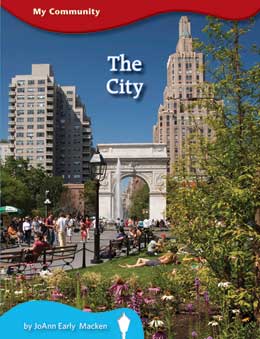Browse Our Books
You can browse our books easily with any of the following filters, hover over the filters or their titles to see their descriptions.
Reading Level
Categories
Or you can use quick search or switch to advanced search for better results...
Search Results (Found 4782 results)
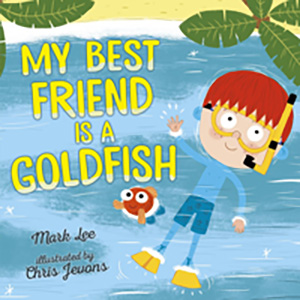
My Best Friend Is a Goldfish
After arguing with his best friend about which game to play, a boy decides its time to find a new best friend. So he tries to becoming friends with his dog, his cat, and his goldfish. He learns to eat on the floor with his dog, take naps with his cat, and watch the world from underwater with his goldfish. But none of these animals measure up to his true best friend, and he has to learn the very important lesson that being different from each other doesn't mean you can't still be the best of frie
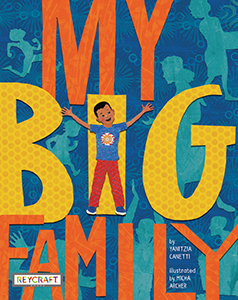
My Big Family
Alex is excited his family is coming to visit. First grandma arrives and Alex rearranges his room so she can fit. Then Aunt Celia arrives, and the cousins start to pile in. Yummy Cuban food smells up house and everyone is happy-except Alex. He can't even find space to sit down and papa believes more can always fit. When mama announces Cousin Beto is arriving too, Alex has had it! No one else can fit in this house! What can Alex do?
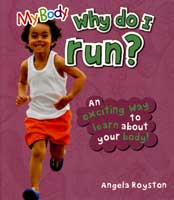
My Body 
Covering the key body systems, this series provides an essential introduction to how human anatomy works. Packed with photographs, artwork, and labeled diagrams, the clear, concise text makes complex ideas easy to understand.
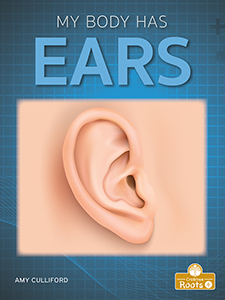
My Body (Crabtree Roots Plus) 
Each book in this series focuses on a simple example of human body parts. Using engaging and colourful photographs, simple text to build confidence, and exciting sight words, young readers will enjoy learning about what body parts do, while also practicing their reading skills. Each book in this series also includes a page for caregivers and teachers that suggests guiding questions to help aid in reading comprehension. Downloadable Teacher's Guide available.
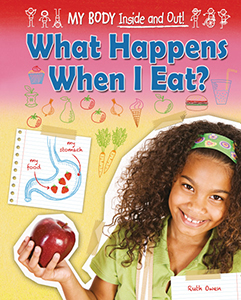
My Body: Inside and Out!
The extraordinary workings of our bodies are explained through ordinary experiences and activities that young readers will immediately recognize. Each volume looks at the body parts and processes involved in everyday actions, forming a high-interest, accessible introduction to how the human body works. Fascinating facts are woven into lively step-by-step explanations that draw on a young child's experience of his or her own body, delivering solid science in a way that's perfectly suited to the
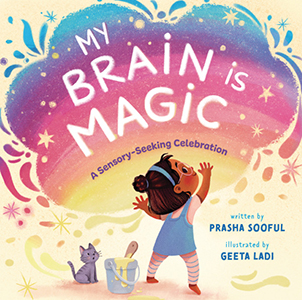
My Brain Is Magic: A Sensory-Seeking Celebration
Is your brain magic? Whether your brain buzzes around the room like a bee or tells you to be loud and roar like a lion, celebrate the many things that it can be! This sensory-seeking celebration shines a light on neurodiversity and sensory processing in a fun and action-packed way for all children to enjoy.
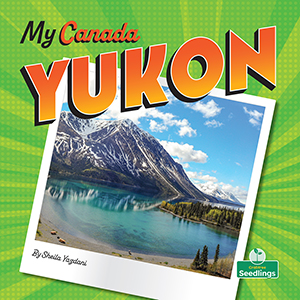
My Canada (Crabtree Seedlings) 

This fascinating series features a diverse group of students, who each take readers on a tour of the Canadian province or territory where they live. Find out fun facts about each province or territory including its capital city, flag, animal, and official flower.
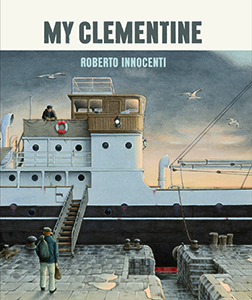
My Clementine
A longtime captain of a refrigerated cargo ship named Clementine narrates the many adventures of the ship, from its building in the 1930s through the next five decades of travel.
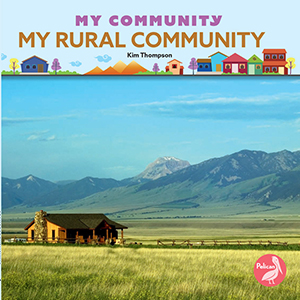
My Community (Pelican) 

What does it mean to live in a rural, suburban, or urban community? Simple text and vibrant photographs will help early readers understand what is† special about† having a home in the country, town, and city.
